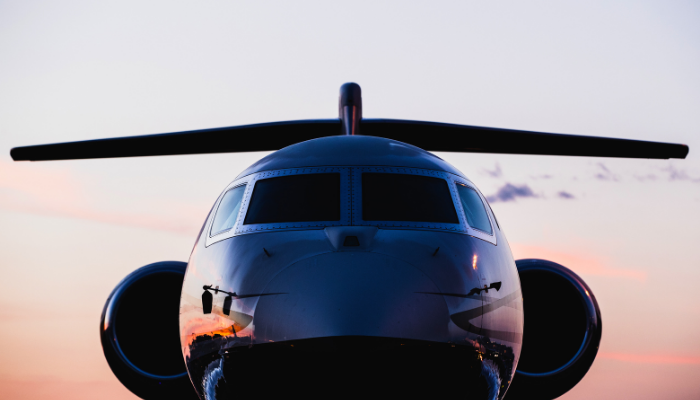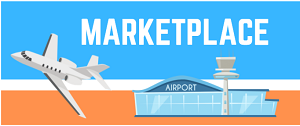
Setting the Standard
“If you had urgent business travel in 2020, you were flying private. General aviation suddenly became indispensable, with airline cutbacks and the perception that private aircraft offered safer travel during the pandemic.”
COVID-19 has been a game changer for general aviation, as the industry has fought to maintain the safety of its essential frontline workers and its stability as a national economic asset for more than a year.
The pandemic, in fact, prompted general aviation businesses to reexamine all of their day-to-day activities with an eye toward mitigating the risk of the virus transmission. “Cleanliness became a top priority,” explained Waguespack. “The industry had to devise new or upgraded procedures to ensure that all its operational components would work together to provide a clean, sanitary operation.”
In order to help, NATA launched Safety 1st Clean last summer, which has become a recognized standard for FBOs to certify that they meet the highest levels of sanitation and cleanliness. As Waguespack explained, Safety 1st Clean was designed with guidance from the Centers for Disease Control and Prevention, as well as cleaning specialists. Offered as an online checklist, the self certification process allows FBOs to display the Safety 1st Clean logo upon satisfactory documentation of the enhanced cleaning standard. “We believe that the Safety 1st Clean certification will send a message that the FBO is focusing heavily on cleanliness as one way to keep its patrons and employees safe from COVID-19,” said Waguespack, adding that more than 600 FBOs around the world have been Safety 1st Clean certified.
NATA continued its focus on illegal charter activities throughout the pandemic,
as well. “The surge in the pilot pool due to furloughs by the airlines combined with increasing demand for private air transportation has intensified the illegal charter problem,” explained Waguespack.
To address this issue, NATA’s primary effort has been on education—mainly through webinars—to make aircraft owners, pilots, corporate flight departments, and charter brokers aware of the risks of illegal charter. At the same time, NATA has been working with the FAA to raise its awareness of the problem.
In a related development, NATA issued The General Aviation Dry Leasing Guide in 2020. Produced by NATA in conjunction with NBAA, GAMA, and AOPA, the document provides information about what aircraft lessees can and cannot do in the charter market.
Over the previous year, NATA also initiated its General Aviation Advancing America
campaign. “The idea was to visit some of the general aviation airports throughout the country and to make local business and government leadership aware of the impact those facilities have on community economic development and job creation,” said Waguespack. Getting that message out, he stressed, is particularly important for the future of rural general aviation airports, which are at greater risk of closure than their urban counterparts. Since February of 2020, Waguespack, along with groups of NATA members, has visited 48 general aviation airports outside of urban areas.
NATA will continue to focus on keeping the industry safe in 2021, especially as vaccine rollouts take place. Waguespack ended by adding that NATA has not forgotten about its other goals: “We will also be working on the regulatory front, along with promoting our industry’s efforts toward sustainability and environmental protection, as we always have done.”






